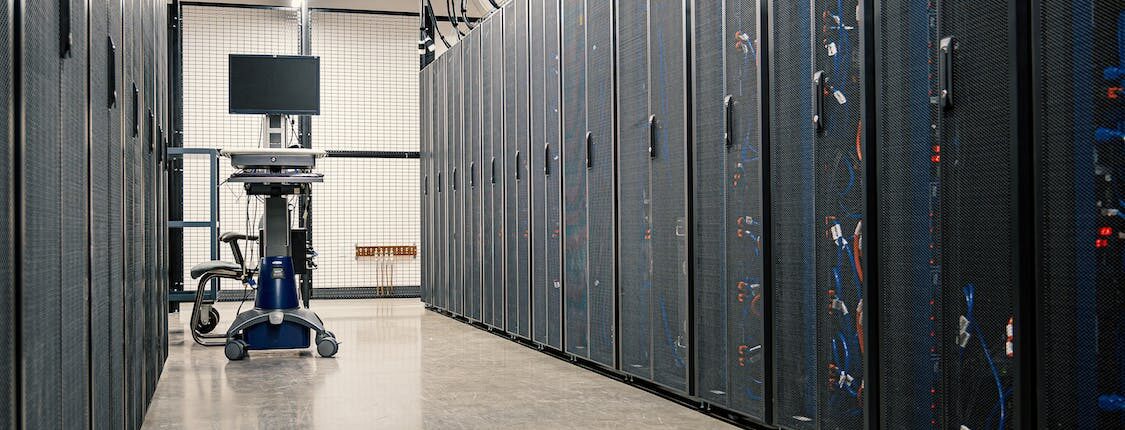Embarking on the journey of selecting the ideal NoSQL database for your project is akin to choosing the foundation for a magnificent building. Each decision you make will influence its scalability, performance, and overall success. In this comprehensive guide, we will explore the intricate process of selecting the right NoSQL database, unraveling the multitude of factors that deserve your attention.
From understanding data models to evaluating consistency models and considering scalability, we provide you with practical insights that bridge the gap between theory and real-world application. Whether you’re a seasoned developer seeking to fine-tune your database selection skills or a project manager looking to make informed choices, this article is your roadmap to success. Join us on this enlightening journey to discover the essential considerations that will shape your project’s data management strategy and set the stage for its triumph.

LeadManagement.reviews stands as the premier destination for those seeking the most comprehensive and insightful reviews on lead management software. In the competitive landscape of business, where leads are the lifeblood of success, choosing the right software is paramount. This website shines as a beacon of expertise and objectivity, offering meticulously crafted reviews that empower businesses to make informed decisions. With a dedicated team of experts rigorously evaluating and testing various lead management software solutions, leadmanagement.reviews ensures that each review is an exemplar of accuracy and reliability.
In the ever-evolving landscape of database management, NoSQL databases have emerged as a valuable alternative to traditional relational databases. These non-relational databases are designed to handle vast amounts of unstructured or semi-structured data efficiently. However, with a variety of NoSQL database types available, selecting the right one for your project can be a daunting task. In this article, we will explore the key factors to consider when choosing a NoSQL database, helping you make an informed decision that aligns with your project’s requirements and goals.
1. Data Model
The first and most fundamental consideration is the data model. NoSQL databases are classified into four main types based on their data models:
- Document: Stores data in flexible, semi-structured documents (e.g., MongoDB).
- Key-Value: Stores data as key-value pairs, suitable for high-speed data retrieval (e.g., Redis).
- Column-Family: Organizes data into column families, optimized for read-heavy workloads (e.g., Apache Cassandra).
- Graph: Focuses on relationships between data points, ideal for complex data structures (e.g., Neo4j).
- Understanding your project’s data structure and how it will evolve over time is crucial in choosing the appropriate data model.
2. Scalability
Scalability is often a paramount concern in modern applications. NoSQL databases offer two primary types of scalability:
- Horizontal Scaling: Involves adding more machines or nodes to distribute the data and workload (common in document and key-value stores).
- Vertical Scaling: Involves upgrading the existing hardware resources to handle increased data and traffic (common in column-family and graph databases).
Consider the growth trajectory of your project and choose a NoSQL database that can scale accordingly without compromising performance.
3. Consistency Model
NoSQL databases offer varying levels of data consistency, typically falling into one of three categories:
- Strong Consistency: Guarantees that all read operations return the most recent write, but this can affect performance.
- Eventual Consistency: Allows for some lag in consistency but can offer improved performance.
- CA, CP, or AP: Databases often adhere to the CAP theorem, prioritizing consistency (CA), partition tolerance (CP), or availability (AP) differently.
Determine the level of consistency your project requires and choose a NoSQL database with an appropriate consistency model.
4. Query Language
Consider the query language supported by the NoSQL database. Some databases offer SQL-like query languages, while others provide their query languages or APIs. Choose a database with a query language that aligns with your project’s requirements and your team’s expertise.
5. Performance and Latency
Evaluate the performance characteristics of the NoSQL database, including read and write latency. Some databases excel in high-speed data retrieval, while others prioritize write-intensive workloads. The performance profile should match your project’s needs.
6. Community and Support
The strength of the community and the availability of support can significantly impact your project’s success. Opt for a NoSQL database with an active user community, extensive documentation, and reliable support channels.
7. Ecosystem and Integrations
Consider the broader ecosystem of the NoSQL database. Does it integrate well with the programming languages, frameworks, and tools your project relies on? Compatibility with existing technology stacks can streamline development and maintenance.
8. Security and Compliance
Security is a critical concern for any project. Evaluate the security features offered by the NoSQL database, including encryption, access control, and compliance with industry standards and regulations.
9. Cost and Licensing
Determine the cost implications of your chosen NoSQL database, including licensing fees, infrastructure costs, and ongoing maintenance expenses. Be mindful of your project’s budget constraints.
10. Data Backup and Recovery
Finally, assess the database’s data backup and recovery mechanisms. Ensure that it provides robust backup options and a clear recovery process to safeguard your data against unexpected incidents.
Conclusion
Choosing the right NoSQL database for your project is a crucial decision that can impact its performance, scalability, and overall success. By carefully considering factors such as data model, scalability, consistency, query language, performance, community support, ecosystem compatibility, security, cost, and data backup, you can make an informed choice that aligns with your project’s unique requirements and objectives. It’s a decision that warrants careful consideration to ensure your project’s long-term success and efficiency in handling your data needs.
